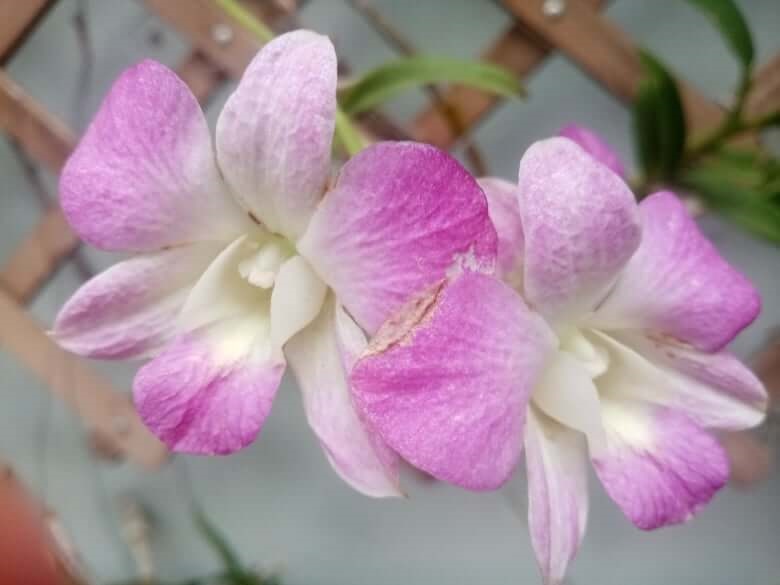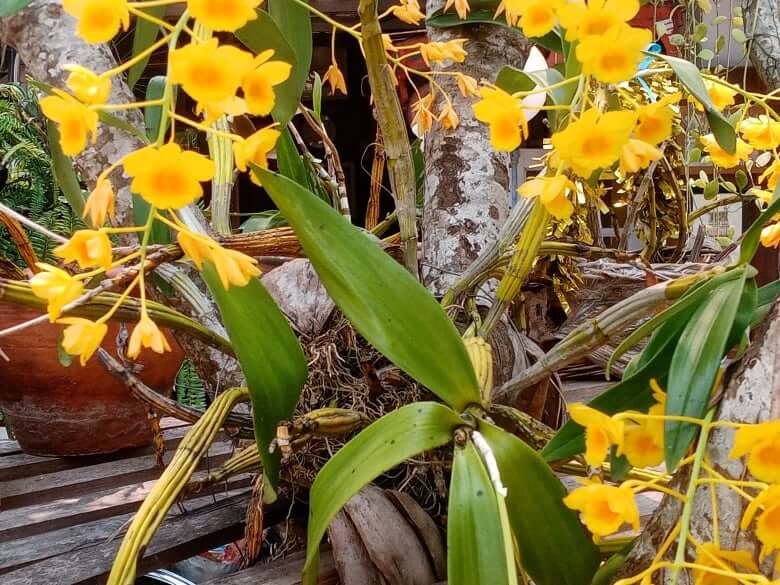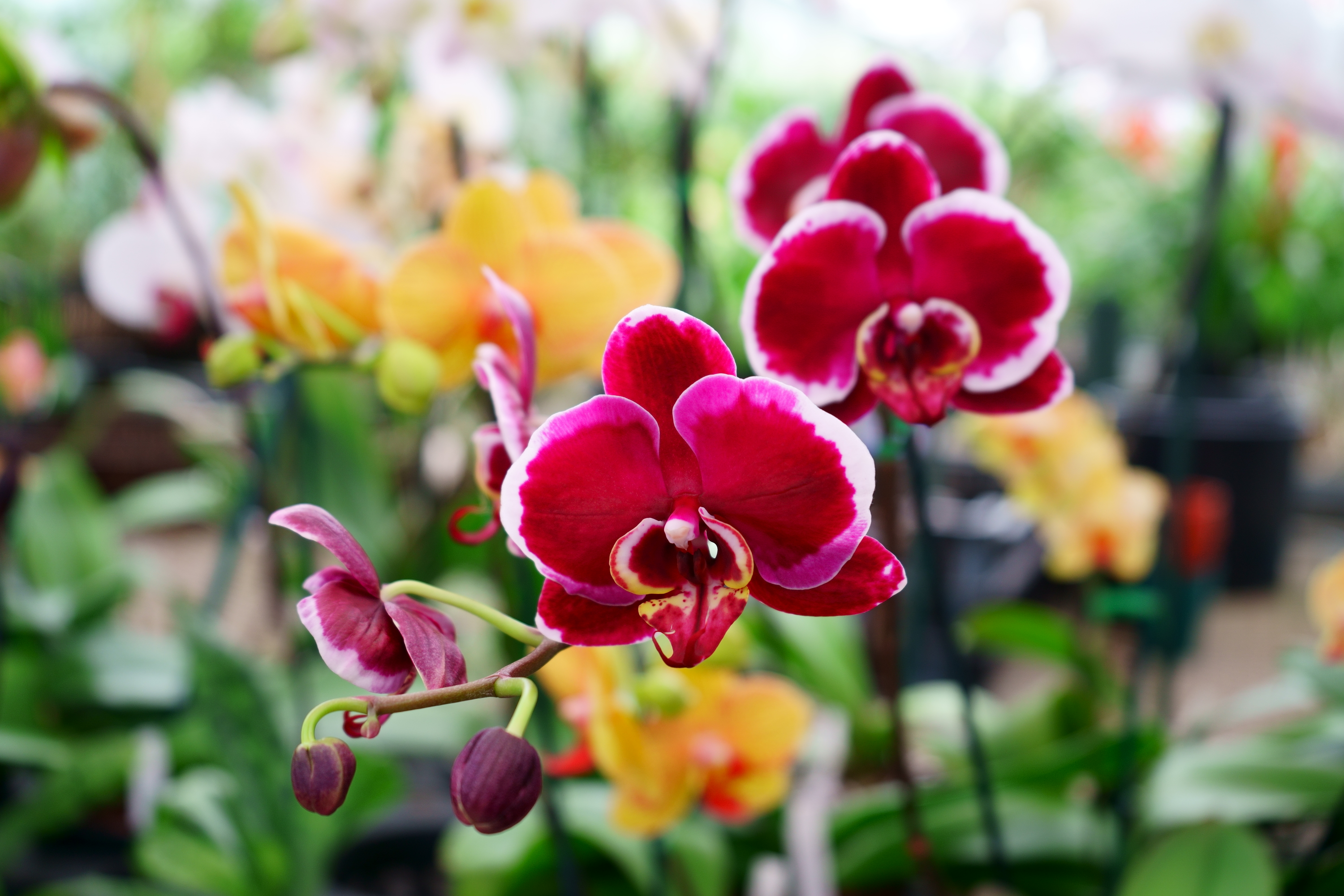- Home
- Orchid Care For Beginners
Orchid Care for Beginners
Welcome to our orchid care for beginners guide. Orchids are special plants that are loved for their beautiful and long-lasting blooms. A century ago, orchids were exotic and expensive plants usually owned by the very wealthiest people in society. Today, orchids are now affordable and accessible to everyone. They can be found in a wide range of retail locations, from grocery stores to garden centers and even at your local farmer's market. At Heavenlyorchids.com, we offer a wealth of knowledge about orchid care for free to help guide you in becoming an accomplished orchid grower. We do our best to simplify what is sometimes perceives as a complicated process and that is why our slogan is orchid care made easy.
Orchid Growing Medium
Most orchids in cultivation today are mainly epiphytes or lithophytes, meaning they don't grow in soil, although there are a few terrestrial orchids that do grow in soil. Epiphytic and lithophytic orchids grow on other plants or rocks. Many orchids come from tropical regions, which means that their care differs from that of other plants you may have grown. If you've recently acquired an orchid, you may have noticed that it's not growing in soil but instead it came in a growing medium of either wood bark or sphagnum moss. This medium was chosen by the grower and is the right one for your orchid to thrive in. Unless your orchid is a terrestrial type, do not try to transfer it to soil as orchid roots require plenty of air circulation and placing your orchid in soil will kill it. Other suitable media for orchids that are sometimes incorporated into special orchid growing mixes include charcoal, perlite, and lightweight expanded clay aggregate (LECA), which is mainly used in self-watering systems.
Orchid Light Requirements
The first lesson in orchid care for beginners about light is not to place your orchid in a location where it will get direct hot sun. Very early morning or very late afternoon direct sun can be tolerated by a number of orchid species, but in general keep your orchids in a location where they will get bright light, but not direct sun. A shaded window that gets a lot of light, but not direct sun is a good location for your orchids. If you cannot find a perfect spot in your home for your orchid, you can always supplement light with an artificial light source.
Orchids have varying degrees of light requirements, depending on their species. For instance, Phalaenopsis, Miltoniopsis, Masdevallias, and some Paphiopedilums prefer low light to bright shade conditions. Oncidiums, Brassias, Cattleyas, and Miltonias require brighter but indirect light. Vanda's, Brassavolas, and some Cattleyas, on the other hand, require very bright light. When determining the best light conditions for your orchid, consider its species and natural habitat.
Orchid Care for Beginners essentials:
Now that we have covered the importance of the growing media and light requirements of orchids, other factors are essential for successful orchid care, such as watering, fertilizing, and temperature control. For example, orchids require good drainage and should never be overwatered, as this can cause their roots to rot. Fertilizing is best when provided in weaker doses on a regular basis and temperature control is crucial, especially during winter months when indoor temperatures can be too low for orchids.
Watering Orchids
Orchids are commonly found in tropical regions where distinct rainy and dry seasons exist. In nature, orchids have the ability to survive extended periods without rainfall and instead, obtain the necessary moisture from dew drops and the surrounding air. This is possible because of the velamen, the sensitive outer skin of an orchid that can absorb small particles of moisture. However, in cultivation, orchids may not have access to sufficient moisture, particularly during the winter season when homes may have dry heat. As a result, it's important to water your orchids regularly and not let them go without water for an extended period. Over-watering your orchids is also a common mistake that beginners make, leading to the failure of orchid growth. To learn more about watering techniques, please check out the navigation links provided at the top of this page or click here.
Temperature
In addition to water, it's essential to monitor the temperature and humidity levels in the environment where you grow your orchids. In nature, orchids grow in the tropics in the canopy of trees, which protects them from direct sunlight and allows them to absorb moisture from the surrounding air, dew drops, mist and rain. Most orchids love temperatures between 70° to 90° Fahrenheit (21°-32°Celsius). However, in cultivation, orchids may not have access to these ideal conditions. Therefore, it's important to mimic their natural environment by providing adequate warmth, shade and ventilation. You can achieve this by placing your orchids in a location with bright, indirect light, avoiding direct sunlight, and using a humidifier to increase the humidity level if needed. With proper care and attention to the basic needs of your orchids, you can enjoy beautiful blooms from your heavenly orchids for years to come!


